HTC Vive vs Oculus Rift vs PlayStation VR
The big three VR headsets compared on specs, price, performance and more

Once the stuff of science fiction pipe-dreams, virtual reality is finally, officially here. After a few false starts, the technology to fully immerse yourself in a digital world has been realised, with multiple high-end VR headsets like the Oculus Rift,HTC Vive, and Sony'sPlayStation VRall competing to fulfil your holodeck dreams.
Although some have dismissed it as a mere gimmick, virtual reality technology has actually drawn a substantial amount of interest from the business market. Companies are already using VR devices for things like training and education, prototyping and even architecture.
At a glance
| Row 0 - Cell 0 | HTC Vive | PlayStation VR | Oculus Rift |
| Per-eye resolution | 1080 x 1200 | 960 x 1080 | 1080 x 1200 |
| Refresh rate | 90Hz | 90Hz/120Hz | 90Hz |
| Field of view | 110 degrees | 100 degrees | 110 degrees |
| Display tech | PenTile OLED | OLED | PenTile OLED |
| Weight | 555g | 610g | 470g |
| Platform | PC | PlayStation 4 | PC |
| Price | 759 | 349 | 549 |
Design and appearance
Let's face it: VR headsets do look a little silly and although the HTC Vive, Oculus Rift and Playstation VR are all very well-respected contenders in the virtual reality space, when choosing which one to go for, what they look like on your face is a pretty vital consideration.

The PlayStation VR looks like a ski mask, with a halo-style strap wrapping round the crown of your head, easily adjustable and pretty comfortable compared to its competitors. The headset certainly looks like tech from the future, with a more space-age design than the HTC Vive and Oculus Rift, with its tracking technology lights up around the edges of the headset, making it look even more futuristic.
The HTC Vive is a bulky piece of kit, heavier than both the Oculus Rift and PlayStation VR and less well thought out in terms of style. It's generally comfortable, however, with three super-secure Velcro straps wrapping perfectly round your skull, ensuring it doesn't slip off while you're engrossed in a virtual world.
The big negative of the HTC Vive headset is that it's still tethered by a cable, which can break the experience when you're exploring a virtual world.
From one end of the scale to another, the Oculus Rift is probably the best looking VR headset of the three. Unlike the bulky design of the Vive, this headset is a more slender-looking pair of ski goggles. Wrapped in a special fabric that stops condensation forming as you get all hot and bothered playing enthusiastically, it also feels nice and lightweight. Like the Vive, the Rift isn't wireless, so you'll have to avoid the wires as you play.
Price
All three headsets are objectively pretty expensive, but there's also quite a lot of variation between them. The HTC Vive is the most expensive, clocking in at 759. Next is the Oculus Rift, which at 549 is almost 200 cheaper. Finally, there's the almost affordable PlayStation VR, which is just 349.
It's worth noting, however, that both the Oculus Rift and PlayStation VR don't quite come as complete packages. Neither one includes motion controllers as standard, and Sony's headset even forces you to buy the PlayStation Camera separately, which it requires to function. The HTC Vive, however, includes everything you need in the box - including motion controllers.
Specs and performance
The key performance indicators for VR are the frame rate, the refresh rate and the latency. The often imperceptible delay between moving your head and the game responding was a persistent cause of motion sickness in early VR tests, as were the frame rates of the first headsets.
While 60fps is widely regarded as the gold standard for current-gen gaming, it's not sufficient when the screen is inches from a user's eyeballs. The usually near-imperceptible flickering effect caused by the missing' frames is greatly exacerbated by the user's proximity to the display.
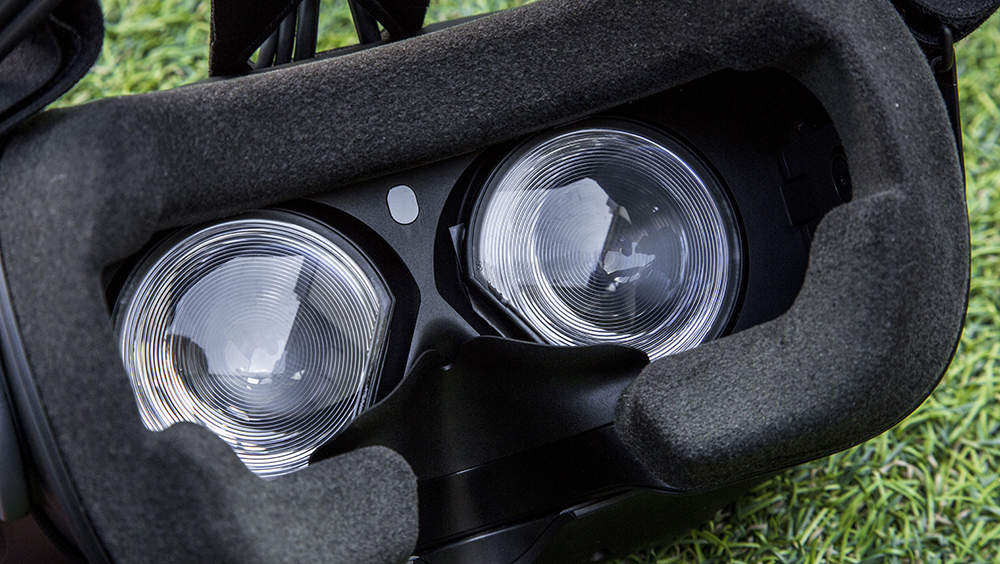
As they're both PC-based, exactly how well the HTC Vive and Oculus Rift perform will be partly dependent on how powerful your hardware is.
However, the majority of VR-ready PCs will be able to run smoothly, with only occasional lags and framerate drops. PS VR, on the other hand, is guaranteed to work with any PS4 out of the box - although the PS4 Pro promises more powerful performance.
In terms of display quality, while PlayStation VR is nominally lower-resolution than the other two headsets, in practise the difference is all but imperceptible. Part of this is the fact that most VR games are designed to be low-res, cartoony or retro experiences, but a larger reason is that the experience is generally so immersive that you simply don't notice minor anti-aliasing or artifacting issues.
All three headsets can sometimes have issues with the motion controllers - tracking and recognition problems can cause the player's hands to briefly and unexpectedly warp to different positions as the system momentarily forgets where they are in the real world. This is to be expected of such nascent technology, however, and it's not a big enough problem to be a dealbreaker.
Software
Given that they're PC-based headsets, the Oculus Rift and HTC Vive are both well-suited to applications outside of gaming and entertainment, as they're comparatively easy to develop for. They've both got open SDKs for developers to use in creating their own apps and tools to run on the hardware, and they'll run on a wide variety of hardware.
PlayStation VR, by contrast, is much more restrictive in terms of what software it can run. It's not designed for use with business or non-gaming applications, so creating and distributing your own custom VR apps isn't as simple and straight-forward as with the Rift or Vive. On top of that, they have to be run on a PS4, which limits their usability.
Get the ITPro daily newsletter
Sign up today and you will receive a free copy of our Future Focus 2025 report - the leading guidance on AI, cybersecurity and other IT challenges as per 700+ senior executives

Clare is the founder of Blue Cactus Digital, a digital marketing company that helps ethical and sustainability-focused businesses grow their customer base.
Prior to becoming a marketer, Clare was a journalist, working at a range of mobile device-focused outlets including Know Your Mobile before moving into freelance life.
As a freelance writer, she drew on her expertise in mobility to write features and guides for ITPro, as well as regularly writing news stories on a wide range of topics.
-
 Bigger salaries, more burnout: Is the CISO role in crisis?
Bigger salaries, more burnout: Is the CISO role in crisis?In-depth CISOs are more stressed than ever before – but why is this and what can be done?
By Kate O'Flaherty Published
-
 Cheap cyber crime kits can be bought on the dark web for less than $25
Cheap cyber crime kits can be bought on the dark web for less than $25News Research from NordVPN shows phishing kits are now widely available on the dark web and via messaging apps like Telegram, and are often selling for less than $25.
By Emma Woollacott Published
-
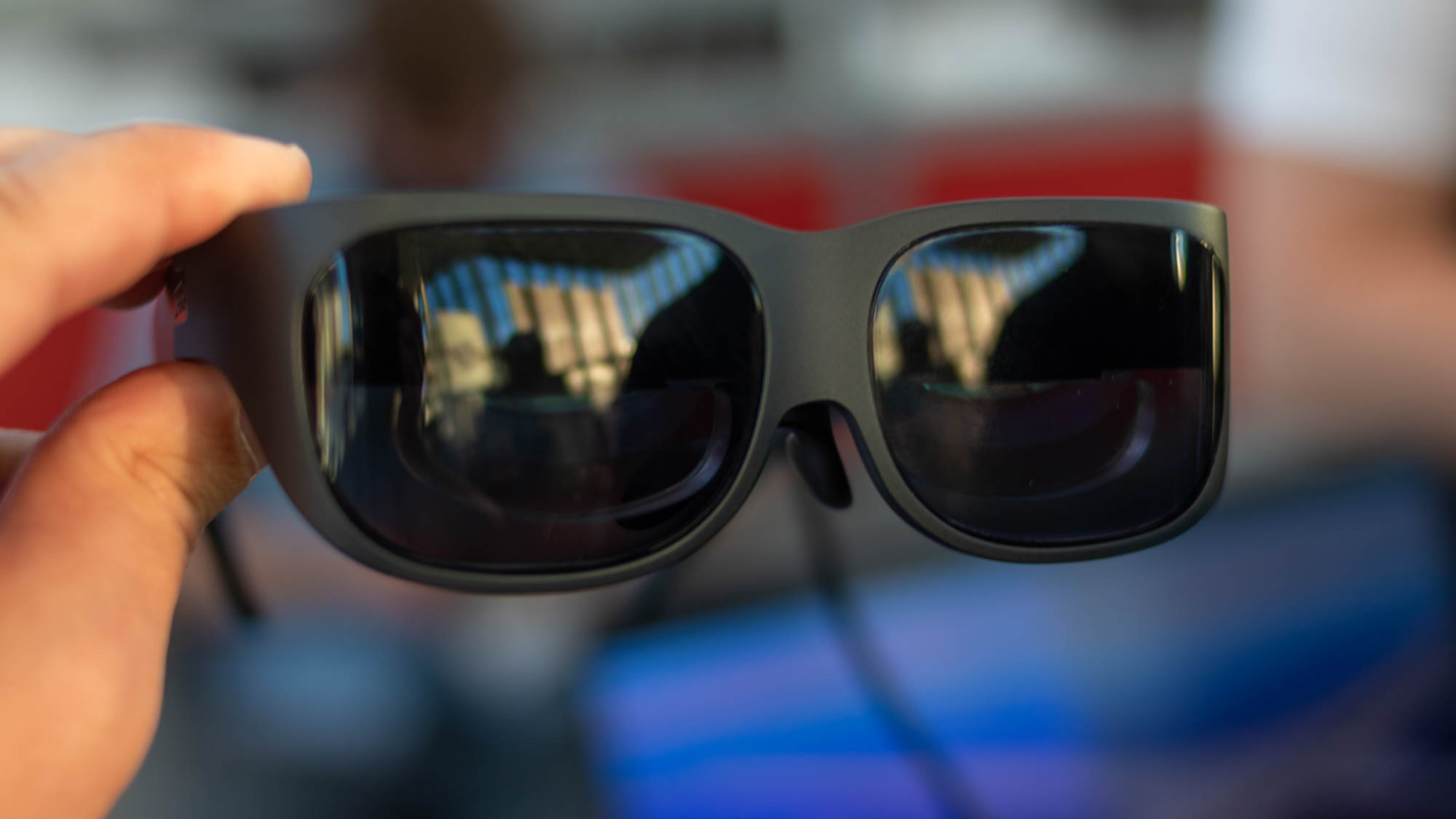 Has Lenovo found the ultimate business use case for smart glasses?
Has Lenovo found the ultimate business use case for smart glasses?Opinion Lenovo’s T1 smart glasses offer a virtual desktop that only you can see
By Bobby Hellard Published
-
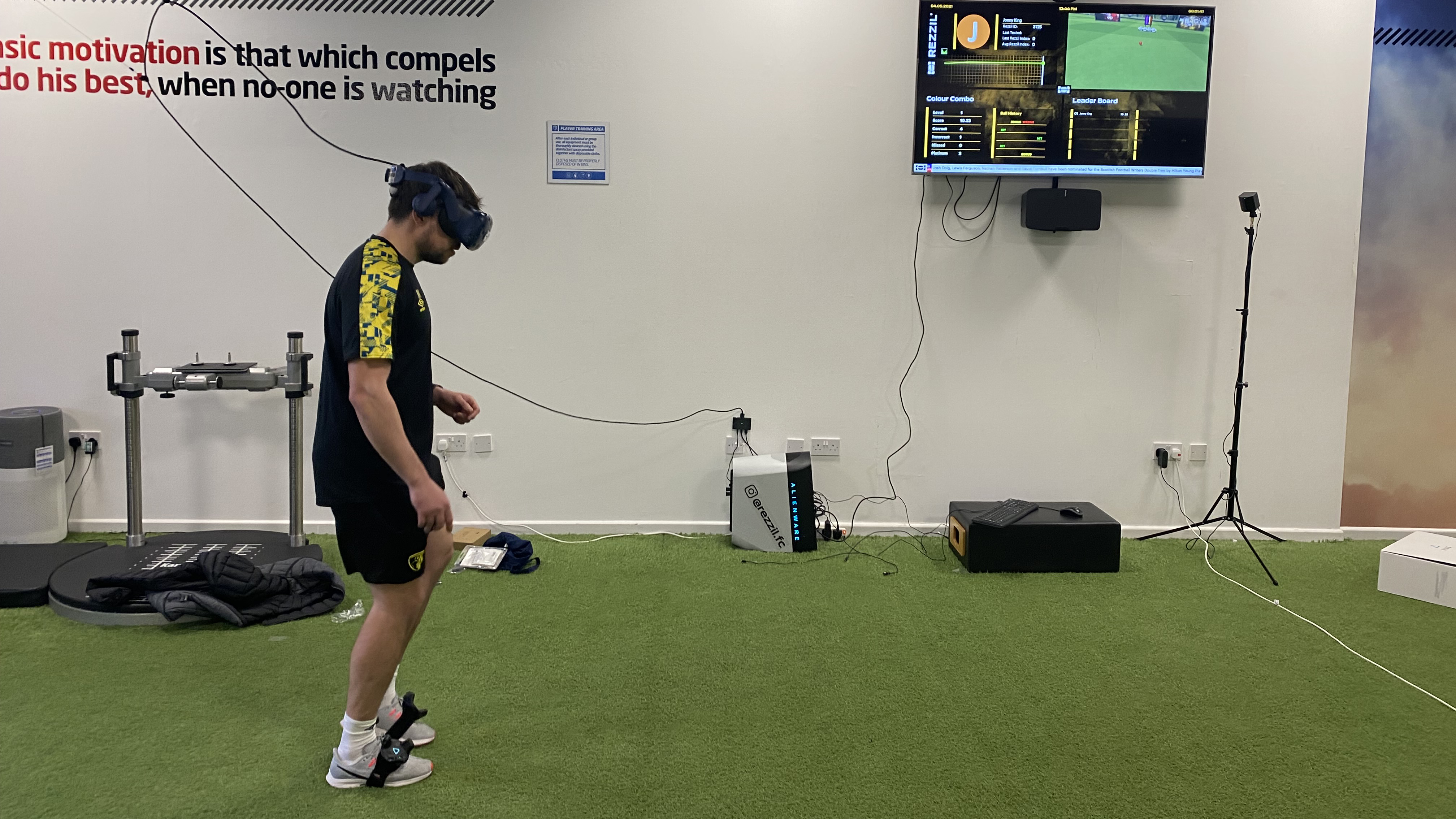 Virtual striker: Using VR to train Premier League stars
Virtual striker: Using VR to train Premier League starsCase Studies How one company is taking VR out of the boardroom and into the locker room
By Adam Shepherd Published
-
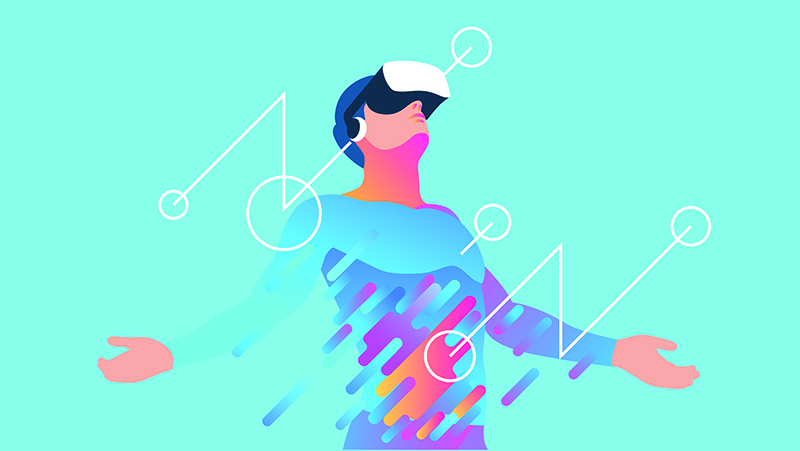 NeuPath and Cynergi will bring VR therapy to chronic pain management
NeuPath and Cynergi will bring VR therapy to chronic pain managementNews NeuPath will integrate Cynergi’s VR program with its remote pain management platform
By Praharsha Anand Published
-
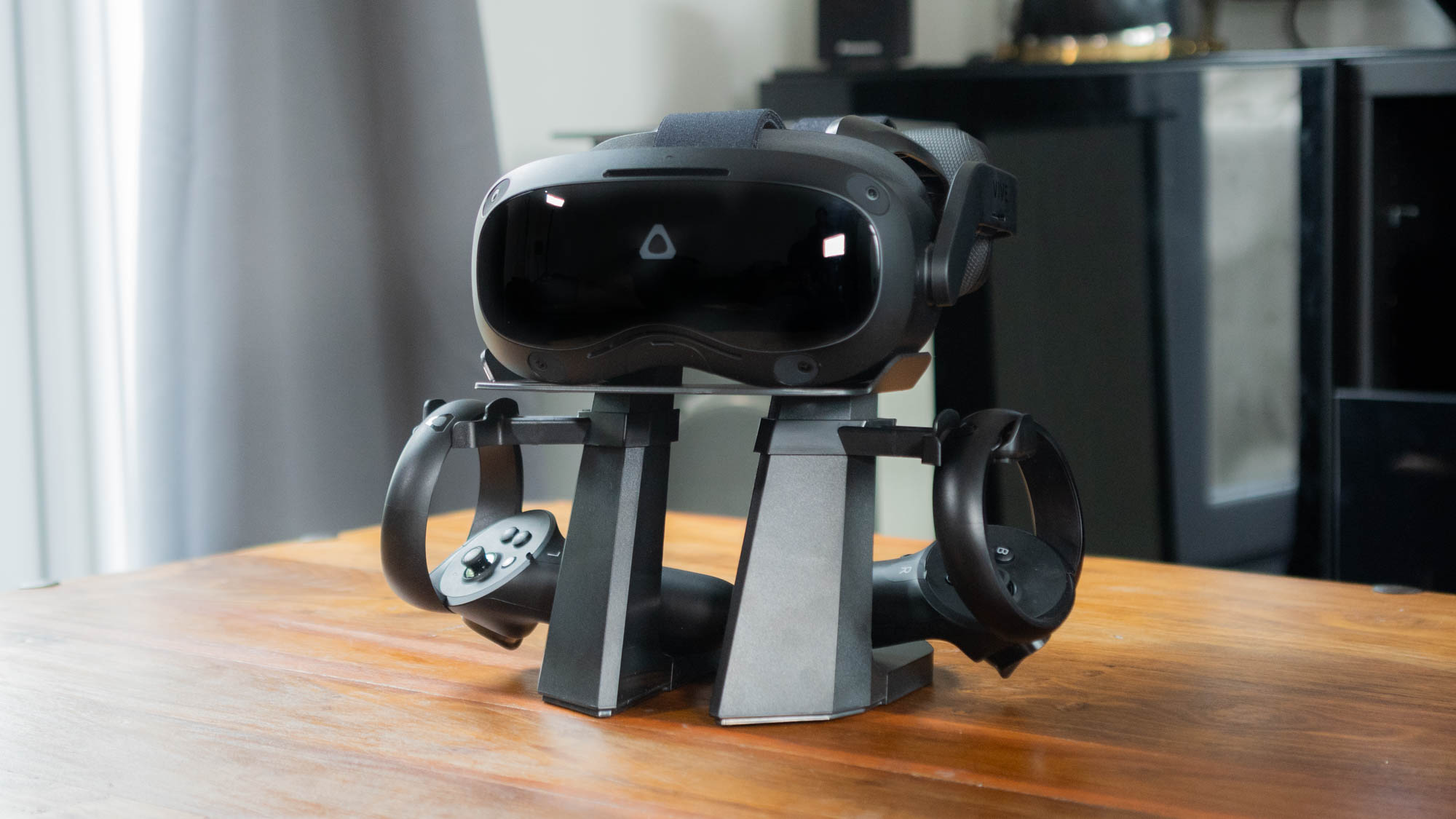
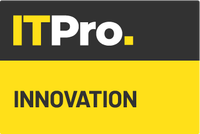 HTC Vive Focus 3 review: The future of VR is here
HTC Vive Focus 3 review: The future of VR is hereReviews This smart and stylish headset is a leap forward for the technology
By Adam Shepherd Published
-
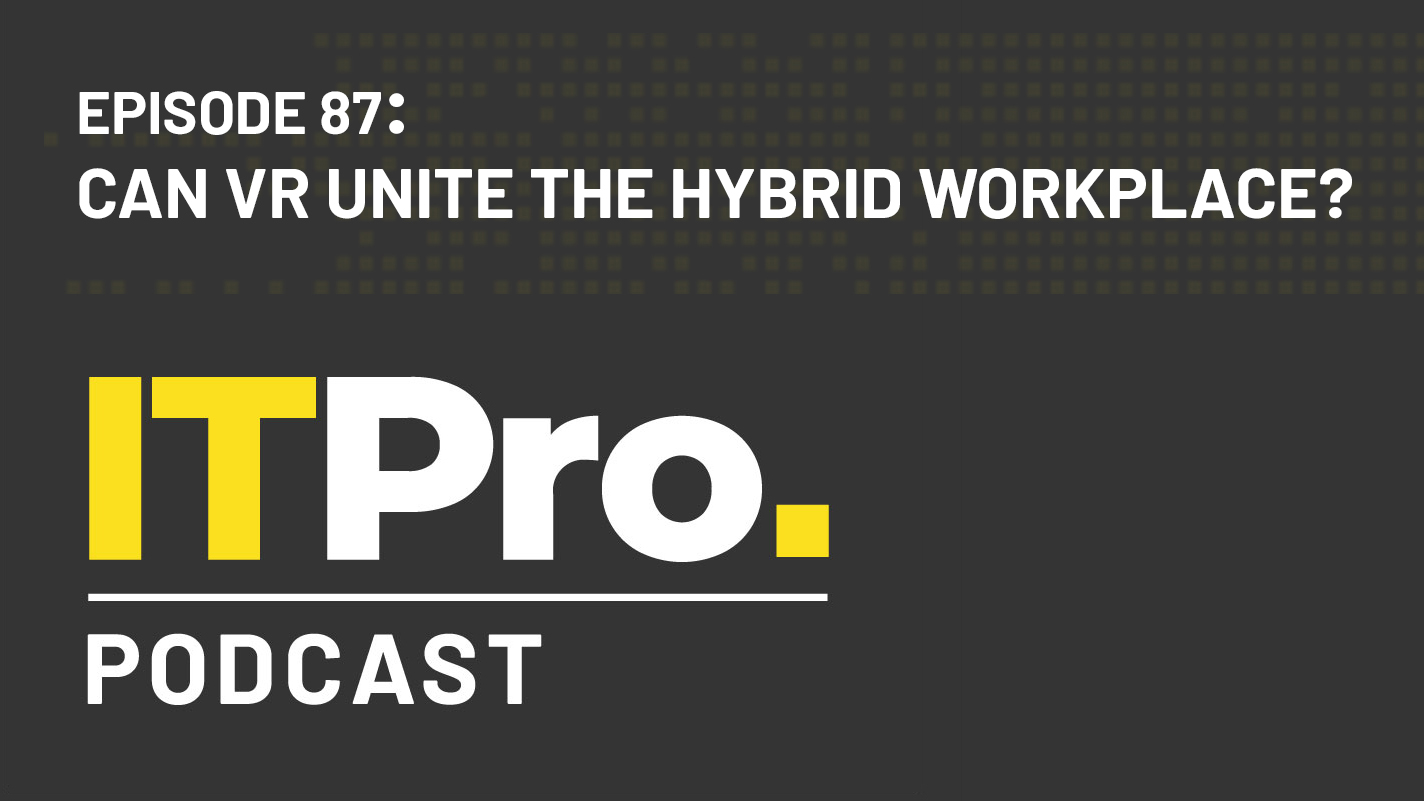 The IT Pro Podcast: Can VR unite the hybrid workplace?
The IT Pro Podcast: Can VR unite the hybrid workplace?IT Pro Podcast How one company is using virtual reality to bring its staff together
By IT Pro Published
-
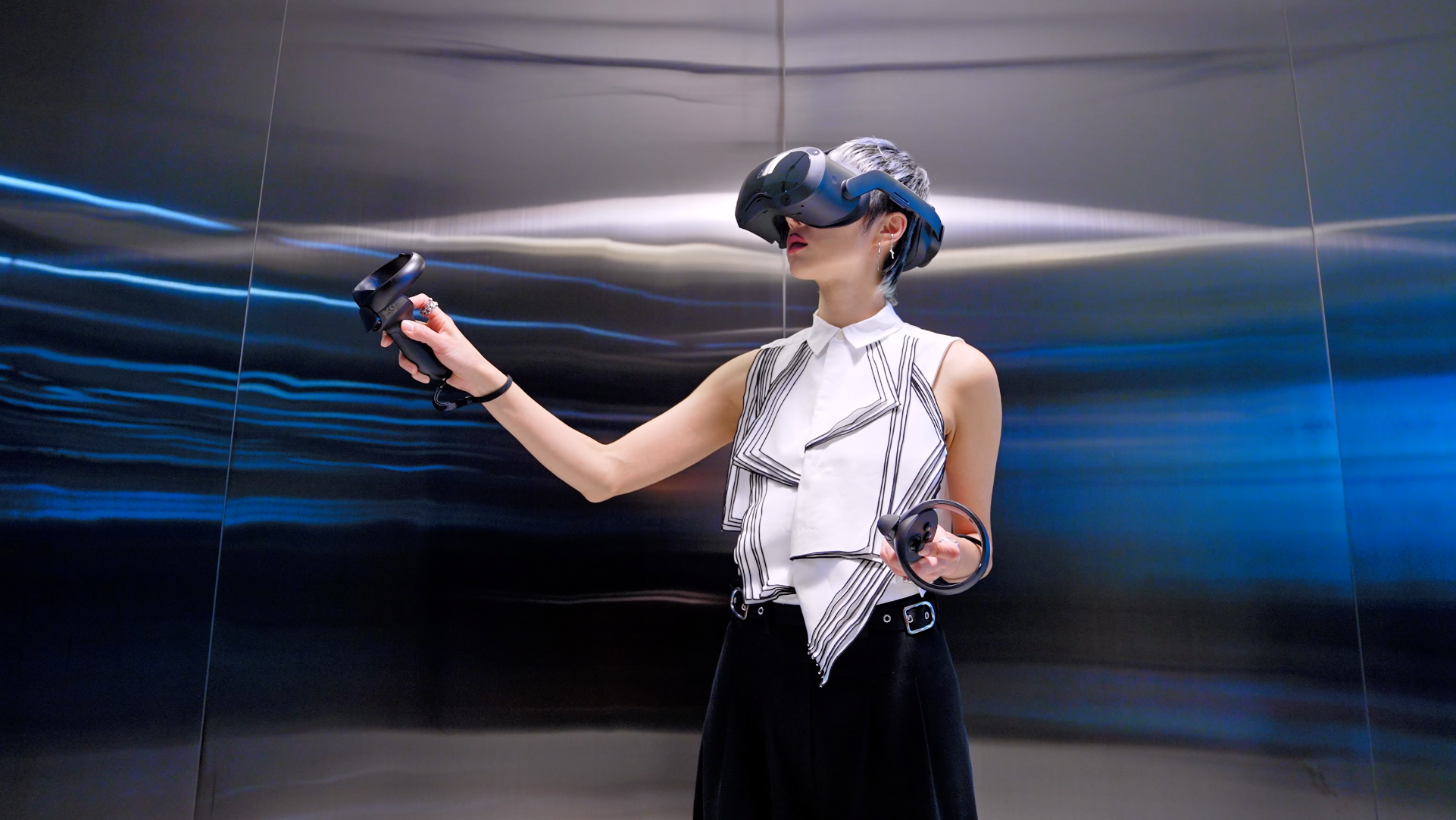 HTC launches new business-focused VR headsets
HTC launches new business-focused VR headsetsNews Vive Pro 2 and Vive Focus 3 include 5K resolution, larger field of view, and business management tools
By Adam Shepherd Published
-
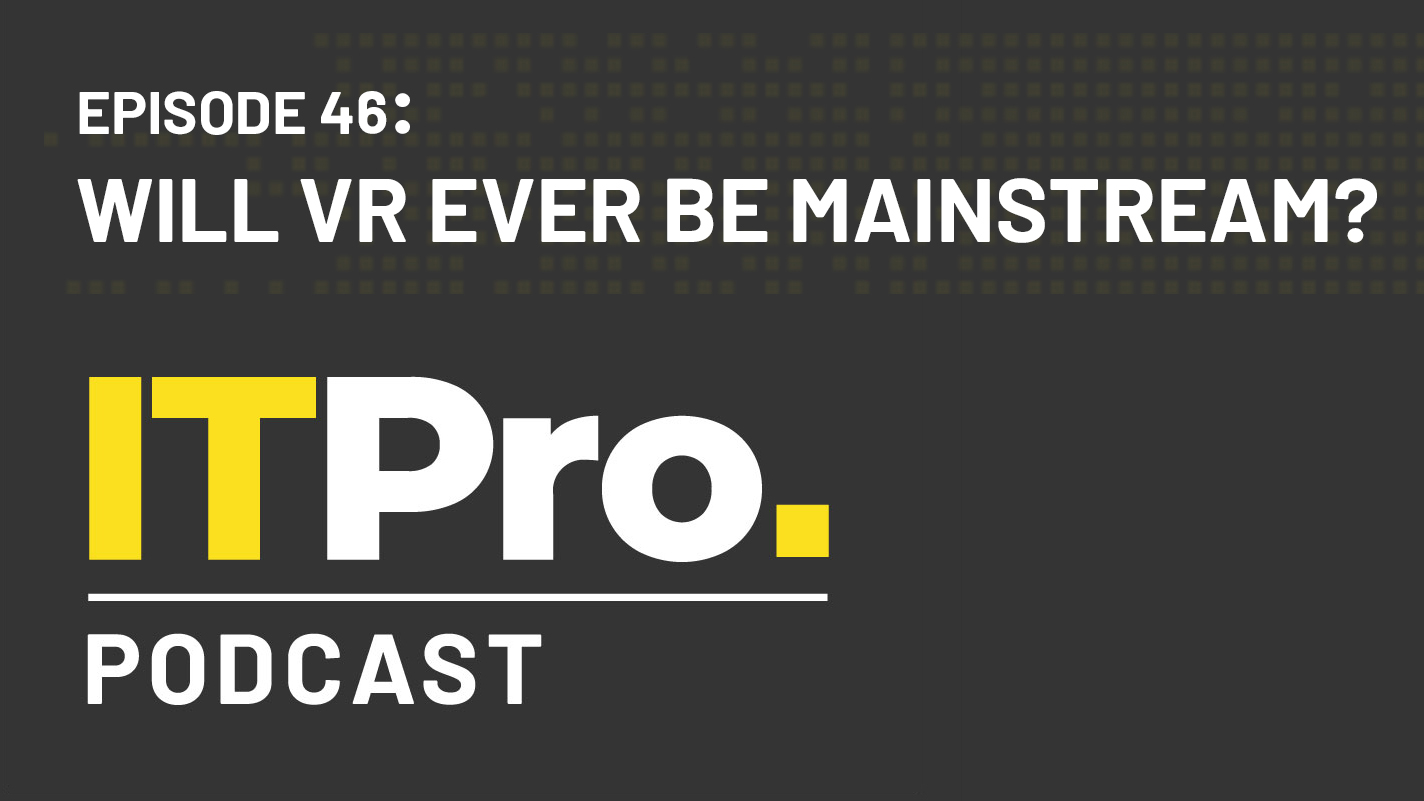 The IT Pro Podcast: Will VR ever be mainstream?
The IT Pro Podcast: Will VR ever be mainstream?IT Pro Podcast Despite years of development, VR is still a niche technology
By IT Pro Published
-
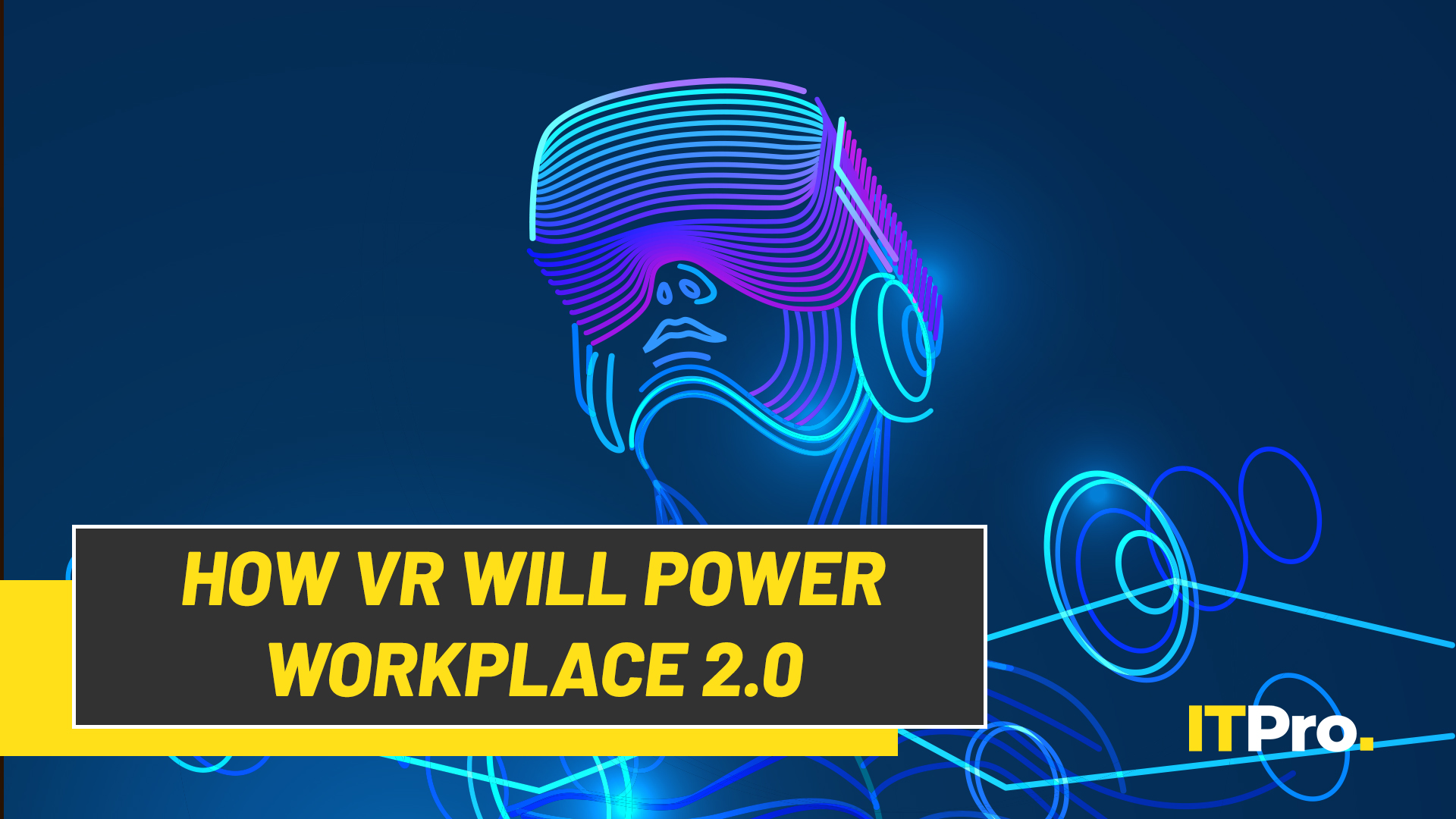 IT Pro Live: How virtual reality will power Workplace 2.0
IT Pro Live: How virtual reality will power Workplace 2.0Video The office of the future might not be a physical office at all
By IT Pro Published
